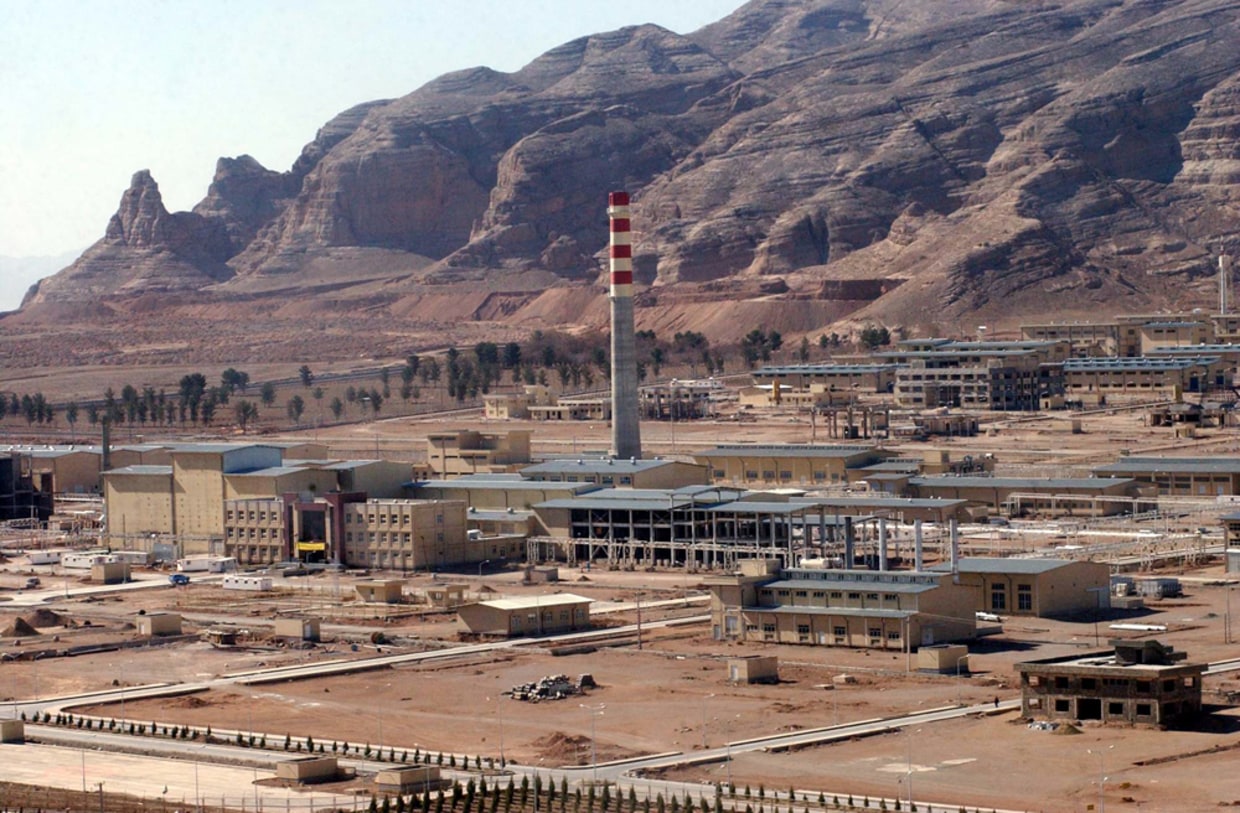[Thanks to Elena Steier for drawing the wonderful cartoon that appears below. She did this based on my suggestion and I’m amazed, impressed and grateful that she did. ]
Those of you who are, like me, old enough to remember Jimmy Breslin’s The Gang Who Couldn’t Shoot Straight, may understand why I’m beginning to believe that the Army Corps of Engineers is the gang that couldn’t build right.
Reports in today’s New York Times and NPR’s All Things Considered (hear the story) suggest that the storm surge and concomitant effects of Hurricane Katrina did not topple those levees which failed. Since it appears that in some cases the storm surge never rose higher than the levee walls (and hence could not have caused them to fail), experts are beginning to believe that the poor design of the levees themselves may have been at fault.
 Did these walls fail because of flawed Army Corps design? (credit: Aaron Huey/Polaris for NYT)
Did these walls fail because of flawed Army Corps design? (credit: Aaron Huey/Polaris for NYT)Those good ‘ol boys at the Army Corps of Engineers don’t see it that way. According to them, the storm surge rose a whopping 18 feet (3 feet higher than the 15 foot levee walls). But a Louisiana State University meteorologist refutes this argument using the most basic evidence. He went out in a boat into the 17th Street canal and measured the high water mark on the levee wall. What was it? 12.5 feet. That sure makes the Corps look like a bunch of dumb ass fools. The levees WERE high enough and yet they still failed. And these are the same guys we’re trusting to fix this mess? What are we doing to ourselves and the poor survivors of Katrina when we place this job in their unsteady hands?
Remember the old spiritual about Joshua? “Joshua fit the battle of Jehrico and the walls came a-tumblin’ down.” Wouldn’t surprise me if the Corps had built them too.
What’s the line the Corps is now using regarding the levee failure? Well, it still could’ve been caused by water going over the top. A Corps official said rather incredulously about this theory:
That’s a popular theory but I can’t confirm that because we haven’t had an opportunity yet to look into what happened.
Say what? Perhaps the most disastrous natural calamity in U.S. history and they haven’t had a chance to look into what happened? These guys should be run out of town on a rail rather than given billions of dollars to ‘fix’ the problem. But he promises they will begin a full-fledge investigation “soon.”
Another discredited Corps excuse…er, explanation has been that the walls were built (by Congressional mandate) to withstand only a Category 3 hurricane and Katrina was a Category 4. But evidence now points to the fact that in the New Orleans area (not hit as hard as the Mississippi Gult region) Katrina–with 95 mph winds–was no more than Category 3 and more likely Category 2.
The Times article discusses why the levees might’ve failed:
A corps engineering manual cautions that flood walls “rarely exceed” seven feet because they can lose stability as waters rise. But some of the New Orleans canal walls rose as high as 11 feet above dirt berms in which they were anchored.
As a result of federal budget constraints, the walls were never tested for their ability to withstand the cascades of lake water that rushed up to, or over, their tops as storm waves pulsed through the canals on Aug. 29, corps and local officials say.
The article also analyzes how the wall’s design and construction might’ve contributed to its failure:
Each wall resembles a row of teeth set in a jaw. Individual slabs are anchored to a continuous steel sheet buried in the dirt, giving the wall its strength. Above a short foundation, the slabs are linked only by rubbery gaskets that allow the concrete to expand and contract without cracking.
Hassan S. Mashriqui, an engineering professor at Louisiana State University and an expert on storm surges, said the segmented nature of the walls could be an additional problem, since any weak point could cause a catastrophic failure.
“Since they’re not tied together you get a little bit of a gap and that’s what water needs to make it fail,” Dr. Mashriqui said.
That same Corps manual suggests that walls higher than 7 feet should use a different (and more expensive) construction technique, T-Walls.
In defense of the cheaper I-wall technique, the Corps really pulls out all the stops and leaves you breathless with the sheer folly of their line of thinking:
 (credit: Elena Steier)
(credit: Elena Steier)Corps officials said they were proscribed from considering stronger wall designs for the canals both by the tight quarters and by federal law, which requires that they seek and study only the level of flood control authorized by Congress.
“Our hands are tied as to looking at higher-level events,” Mr. Naomi said…
He defended the walls, saying: “The flood walls have functioned over the years very successfully and without incident. The design works. It has worked in other locales. And will likely continue to be used as long as you do not subject it to pressures that it was not designed to handle.”
“The design works.” Have you ever heard more hubris? They DID NOT work Mr. Engineer. They worked for 40 years because you never had a storm strong enough to really test their mettle. Now you’ve had one and THEY FAILED! Somebody in Congress oughta haul this guy before a Congressional committee (oh, that’s right Republicans control Congress–scotch that idea!) so he can explain to the American people on national TV why the design “worked.”
The Corps essentially doesn’t know what happened to the levee walls. And isn’t that ridiculous in this technological age? We have black boxes which survive plane crashes, we have video surveillance cameras, we have sensors that tell us what happens during car crashes. Yet no one can tell for sure based on direct material evidence how high the water was or what caused the walls to break. And isn’t that further evidence of the Corps’ failure? You invest hundreds of millions of dollars in a critical engineering project that is supposed to protect hundreds of thousands of lives, yet you invest nothing in equipment that will tell you what happens if/when something goes wrong? I hope that when these guys get the chance (as they surely and most unfortunately will) to do this over again that they’ll spend some money developing sensors that can be embedded in the walls and video cameras that can surveill the scene so they’ll have hard evidence of how the walls actually function in real-world disasters.
In recent years, meteorologists and engineers spoke out about the inadequacies of the current levee system and construction and warned about the likelihood of a storm of Katrina’s magnitude. But their reports and simulations didn’t catch the ear of the Corps’ national leadership:
Upgrading the flood control system never became a major priority for corps officials in Washington, local and federal officials say.
Corps veterans said it was not surprising that federal engineers did not issue more vocal warnings.
“I don’t think it was culturally in the system for the corps to say ‘this is crazy,’ ” said William F. Marcuson III, the former director of the Waterways Experiment Station for the corps in Vicksburg, Miss., and president-elect of the American Society of Civil Engineers.
“The corps works for Congress,” Mr. Marcuson said, “and when the boss says design for a Category 3 storm, culturally the corps is not going to go back and say this is wrong.”
The real problem is that since the Corps is part of the federal government they can’t be sued for their malfeasance. Any normal company doing such a life-critical project for a customer would warn the customer if the project specifications wouldn’t ensure its safety after its built. And if they didn’t, the company would know they’d have the pants sued off them if they failed to give such advice.
The Corps, being the pork-barrel loving federal agency that it is, saw the dollar signs in federal contracts, read the specs and questioned nothing. They just did as they were told by Congress. And we’re going to sit back and stand for this utter nonsense? And will Congress sit back and do nothing to correct the mess that they’re partially responsible for? Will they not tell the Corps that they have the right to use their brains and warn the government if something’s not kosher in a project’s specs? And will Congress not ensure that the lack of such attentiveness will be punished?
It appears that there’s more than enough blame to go around if Congress would like to shift some off itself:
The broken walls, which were long seen as a second choice to earthen levees, are testament to 40 years of fiscal and political compromises made by elected officials, from local levee boards to Congress and several presidential administrations, as they balanced costs and environmental concerns with the need to protect a city that lies largely below sea level and is still subsiding.






